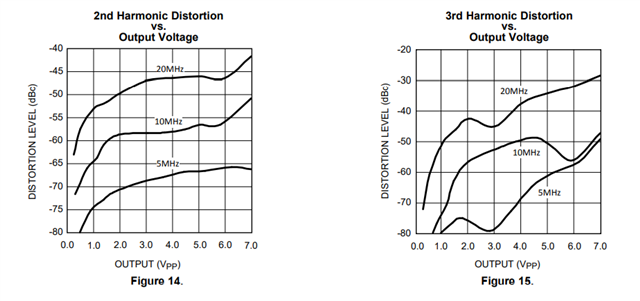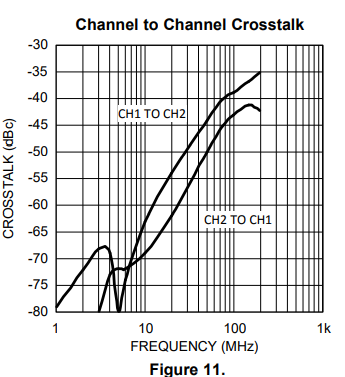Other Parts Discussed in Thread: LMH6628
Hello, for an actual project we want to buffer an analog 0V to 5V / 12MHz signal with the LMH6628QML-SP. To get an output swing of 0V to 5V the buffer shall be supplied with -2.5V / + 6.5V.
- Is it possible to use asymmetric supply voltages or are there any restrictions?
- The datasheet states for maximum supply voltage +/- 7V which results in 14V between V+ and V-. Could we supply the buffer with -2.5V / +7.5V?
- Is the buffer unity gain stable? (May we connect the output with the inverting input, or do we have to use additional components?)
- What is the input resistance of the component?
- What is the input capacitance of the component?
Best Regards
Markus




